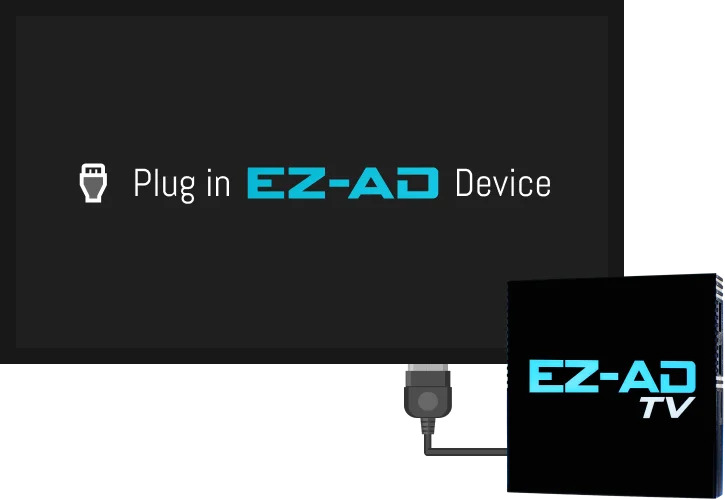
Digital signage has revolutionized the marketing landscape, offering dynamic and engaging ways to communicate with customers. As we look to the future, several key trends are emerging that will shape the role and capabilities of digital signage players in marketing.
1. Increased Interactivity
Digital signage is moving beyond passive displays to interactive experiences. Touch screens, gesture recognition, and mobile integration allow consumers to engage directly with content. This interaction can personalize marketing messages, gather valuable data, and enhance customer experience.
2. AI and Machine Learning Integration
Artificial intelligence and machine learning are transforming digital signage. AI can analyze data in real-time to optimize content delivery based on factors like time of day, audience demographics, and even weather conditions. Machine learning algorithms can predict trends and adjust strategies to maximize engagement and effectiveness.
3. Advanced Analytics
The future of digital signage will be heavily data-driven. Advanced analytics will provide deeper insights into consumer behavior, content performance, and ROI. This data can be used to refine marketing strategies, improve targeting, and create more effective campaigns.
4. Cloud-Based Solutions
Cloud-based digital signage player offers numerous advantages, including remote management, scalability, and cost-efficiency. These solutions enable marketers to deploy and update content across multiple locations seamlessly, ensuring consistent messaging and easier maintenance.
5. Integration with IoT
The Internet of Things (IoT) will play a significant role in the evolution of digital signage. By connecting digital signage to other smart devices, marketers can create more cohesive and synchronized marketing efforts. For example, signage could adjust based on in-store traffic patterns or inventory levels, creating a more dynamic and responsive marketing environment.
6. Enhanced Security Features
As digital signage becomes more sophisticated, security concerns will also grow. Future digital signage players will need to incorporate advanced security features to protect against hacking, data breaches, and unauthorized access. Secure encryption and regular software updates will be crucial.
7. Personalization at Scale
Personalized marketing is more effective, and digital signage is no exception. Future trends indicate a move towards hyper-personalization, where content is tailored to individual preferences and behaviors on a larger scale. Utilizing data from various sources, digital signage can deliver highly relevant content to each viewer.
8. Sustainability and Energy Efficiency
With growing awareness of environmental issues, the future of digital signage will also focus on sustainability. Energy-efficient displays, recyclable materials, and eco-friendly practices will become standard. Marketers will need to balance technological advancements with environmental responsibility.
9. 5G and Enhanced Connectivity
The rollout of 5G technology will significantly impact digital signage. Faster and more reliable connectivity will enable real-time content updates, high-quality video streaming, and seamless integration with other digital platforms. This will enhance the overall effectiveness and responsiveness of digital signage.
10. Augmented Reality (AR) and Virtual Reality (VR)
AR and VR are set to revolutionize the way digital signage engages with consumers. These technologies can create immersive experiences that captivate audiences and provide unique ways to interact with products and services. From virtual try-ons to interactive 3D displays, AR and VR will offer innovative marketing opportunities.
In conclusion, the future of marketing through digital signage players is bright and full of potential. By embracing these emerging trends, marketers can create more engaging, effective, and efficient campaigns that resonate with today’s tech-savvy consumers.